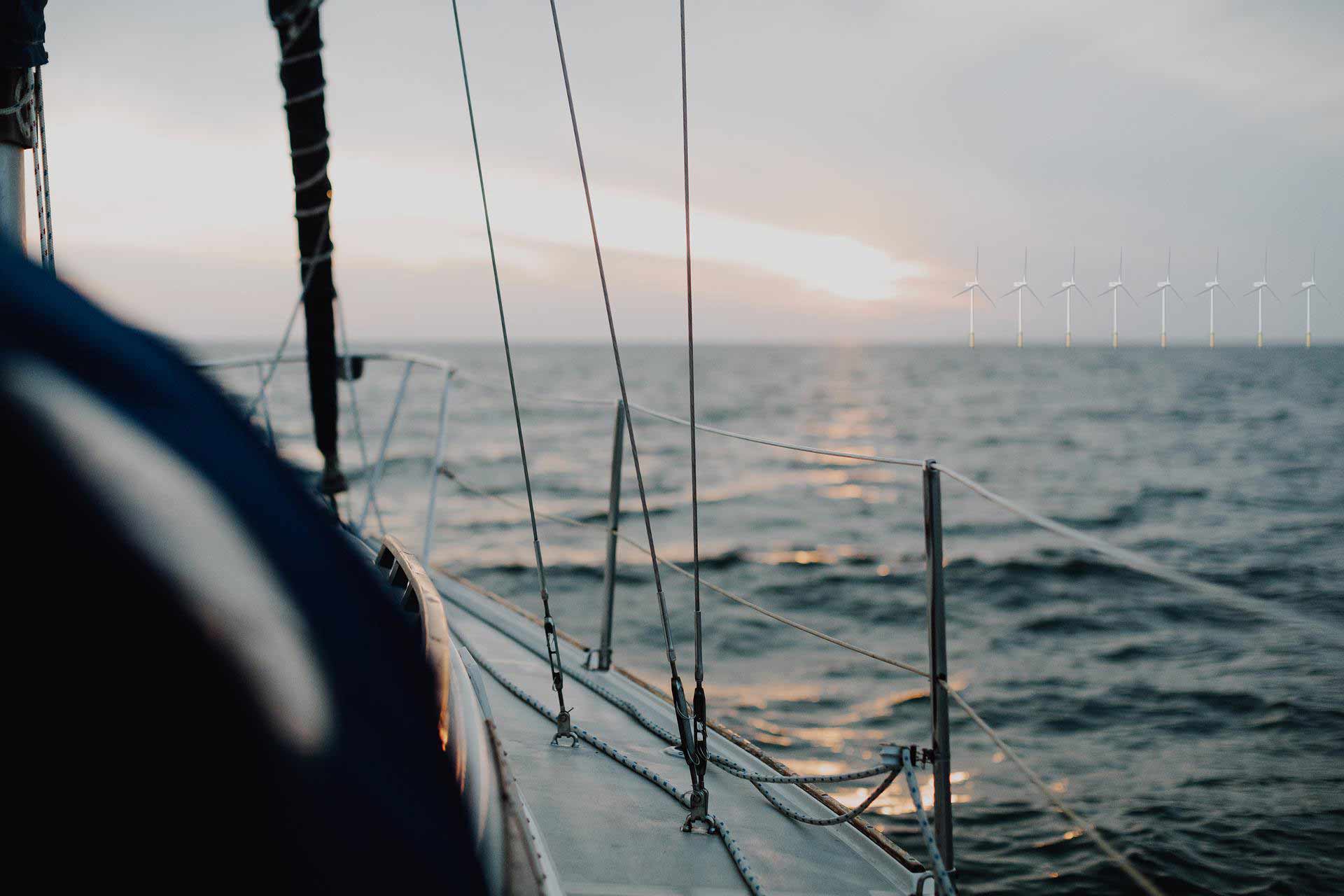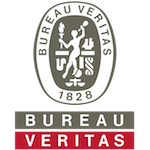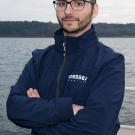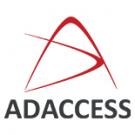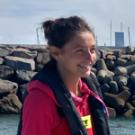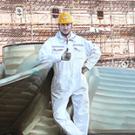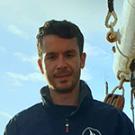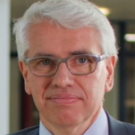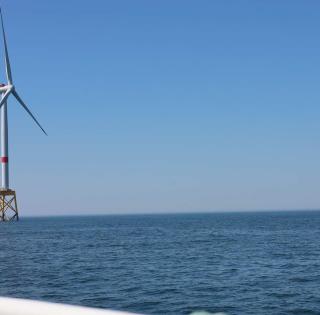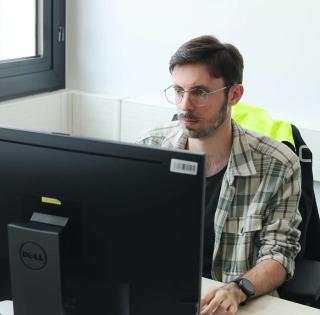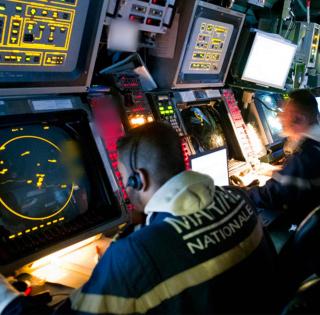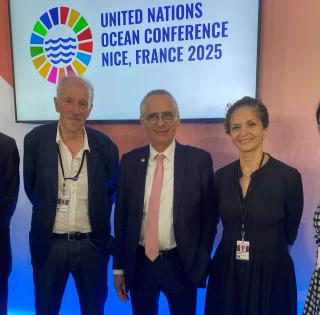
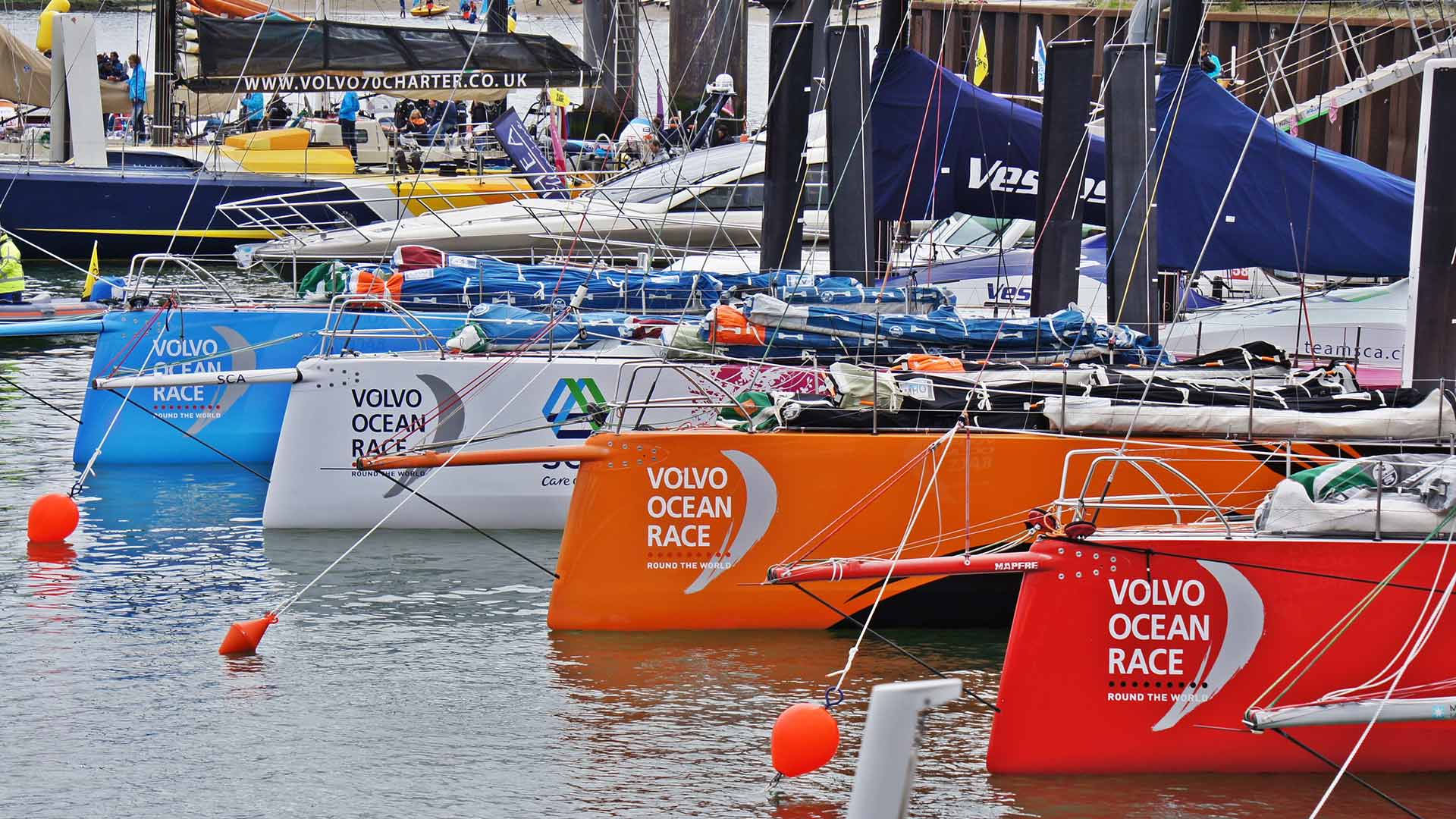
ENSTA Bretagne offers France's most comprehensive naval architecture and engineering program with the highest enrollment. It also offers, with its partners, a course 100% devoted to marine renewable energies.
All types of ships and platforms: sailing and motor yachts, offshore racing boats, cruise ships, passenger boats, cargo vessels, LNG carriers, container ships, ro-ro ships, offshore platforms, civil professional vessels, military ships, submarines, marine renewable energies platforms (MRE).
All the parameters required for the proper operation of the system are considered: hydrodynamics and aerodynamics, durability, stability, propulsion, structural calculations, maneuverability, seaworthiness, ergonomics, etc.
Innovating for the future also means seeking more environmentally-friendly and more energy-efficient materials and propulsion systems. The Mechanical Science Research Department at ENSTA Bretagne contributes to this effort through the IRDL (Institut de Recherche Dupuy de Lôme), a CNRS Joint Research Center which is leading the way on these issues.
Program strengths
International renown
Each year, the Royal Institute of Naval Architects, in partnership with Bureau Veritas, awards a prize to the top student in this major. Other examples of academic partnerships around the world: United Kingdom (Cranfield University), Australia (Australian Maritime College, University of Australia, Flinders)…
Applied research in support of education
Through the Institut de Recherche Dupuy de Lôme (IRDL) and shared research laboratories with industry, the research work conducted on campus focuses on :
- improving ship performance and in particular on ship-sea interactions, in all conditions, including the most hostile,
- durability of MRE systems at sea in order to reduce their operating costs and on the optimization of their seabed connection,
- the composites used in the naval and MRE sectors. The use of composites, together with a composite-to-metal bonding technique, boosts the competitiveness of the MRE sector. The challenge lies in integrating the life cycle analysis from the design phase to produce systems able to operate durably at sea, with minimal maintenance and optimized dismantling.
They also focus, within the Lab-STICC, on embedded systems, and their adaptability and their reliability.
This applied research is conducted in collaboration with many businesses and organizations in the maritime sector based both in France and around the globe.
Extensive experimental equipment
Digital simulation tools for fluid mechanics and fluid-structure interactions are developed to meet the challenges raised during the naval design phase: advance resistance assessment during the pre-project phase, assessment of the hydrodynamic performance of propulsion systems, behavior of marine structures in swell, structures exposed to impact.
Many scientific studies, ranging in scale from that of the material to that of the entire structure, are validated using our extensive and unparalleled experimental facilities. These facilities, which form the MASMECA platform, at the ENSTA Bretagne campus, are also used by students for applied projects.
In addition, every year hydrodynamics study days are organized at the DGA Techniques hydrodynamiques center and throughout the year at Ifremer's test tanks, situated only a few kilometers from the campus, as part of joint scientific programs.
Deeply invested in developing the maritime sector
In addition to the teaching programs and research on offer, ENSTA Bretagne contributes to the development of the maritime sector by injecting its expertise into numerous networks: as a board member of the Pôle Mer Bretagne-Atlantique, a globally-oriented competitiveness cluster, and as a member of GICAN, the French Maritime Cluster (CMF), the Institut Français de la Mer (IFM) and the business network Bretagne Pôle Naval, as well as France Energies Marines for the development of the MRE sector.
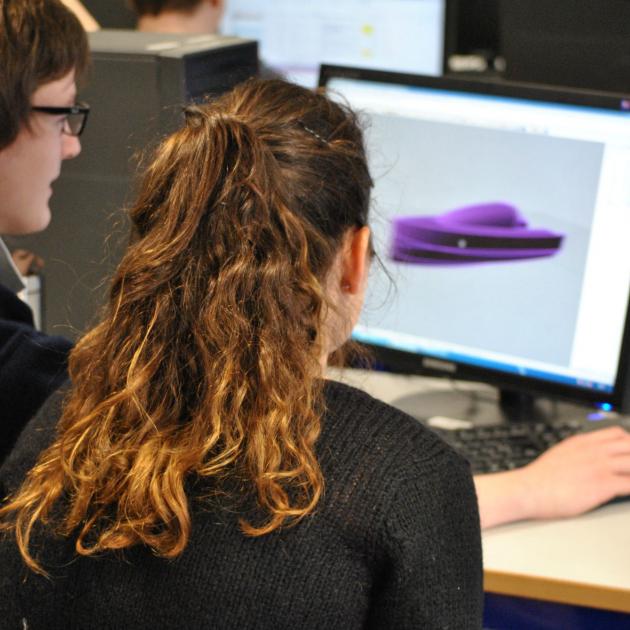
- Learn more about the Naval and Offshore Architecture major offered in our "Diplôme d'ingénieur" program (equivalent to an MSc in Engineering): a 3-year syllabus for BSc or equivalent graduates, or a 2-year program for 1st-year Master's graduates
- Admission
- Learn more about the "Co-operative engineering program"
- Admission: International students wishing to apply to this program must provide documentation proving that they have completed one year of full-time higher education in France.
- Learn more about this advanced master : a 1-year program for MSc graduates (or BSc graduates with several years of professional experience)
- Admission
- Learn more about this advanced master : a 1-year program for MSc graduates (or BSc graduates with several years of professional experience)
- Admission
ENSTA Bretagne and UBO (Université de Bretagne Occidentale) are co-accredited by the French Ministry of Higher Education, Research and Innovation to grant the Master in Physics: Naval Hydrodynamics Specialty.
- Enrollment: UBO
- ENSTA Bretagne Contact: Jean-Baptiste Leroux (1st year) and Pierre-Michel Guilcher (2nd year)
- Learn more about this Master
- a 3-year program for MSc degree holders
.

In the context of student projects, the ship design loop in particular, engineering students in the naval and offshore architecture major make use of dedicated professional software, in partnership with Bureau Veritas, DNV-GL, MARIN, Sistre and NDAR.
There are also many opportunities in the naval sector open to students studying information and communications technology.
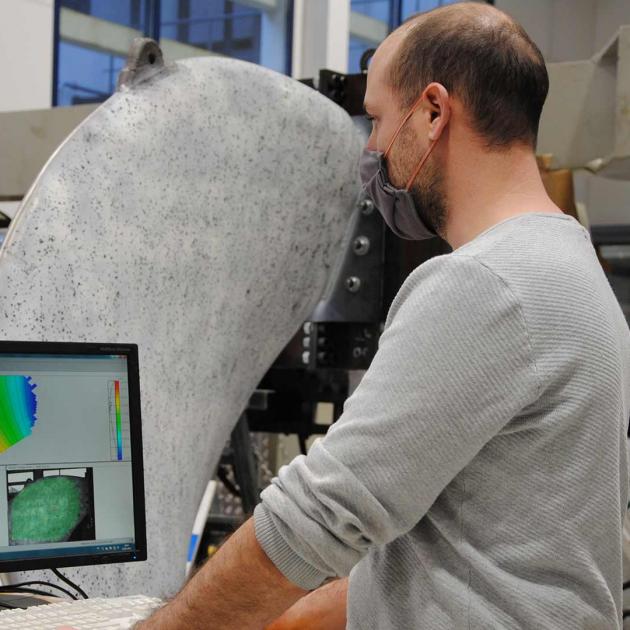
This laboratory is a CNRS joint Research Center. IRDL brings together mechanical science research teams from Université de Bretagne Sud, ENSTA Bretagne, Université de Bretagne Occidentale (UBO) and ENIB. It is internationally recognized for its marine research.
ENSTA Bretagne teams’ involvement is concentrated around 3 research areas.
The mechanics research teams at ENSTA Bretagne form an integral component of IRDL (UMR 6027): the leading research center in marine mechanical systems based in Brittany. It brings together teams from ENSTA Bretagne, Université Bretagne Sud, ENIB, UBO and CNRS.
Using innovative techniques to assemble dissimilar materials, with a view to extending their operating lives in harsh conditions such as the marine environment.
Other main research topics include the fatigue and durability of structures under load, particularly in a marine environment.
ENSTA Bretagne contributes to numerous national and international projects aimed at building cleaner and more reliable, cost-effective and intelligent ships.
- This is the case, for example, of the European Ramsses project, which focuses on the contribution of new materials
- The APPHY project (a French National Research Agency defense research and innovation project) employs analytical models of wave impact loads to obtain more precise structural calculations. This increased precision will help to lighten the weight of ships and lengthen their operational lives.
- Funded by ADEME's Investments for the Future "Ships of the Future" program, the e-PANEMA project uses innovative technologies (electromagnetic techniques, sensors etc.) to improve ships’ safety and efficiency. The project draws on the expertise of Lab-STICC's Information and Communication Technology and Science teams.






